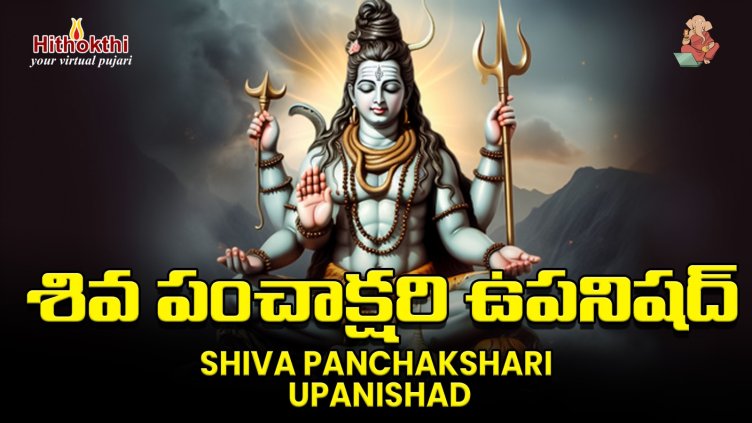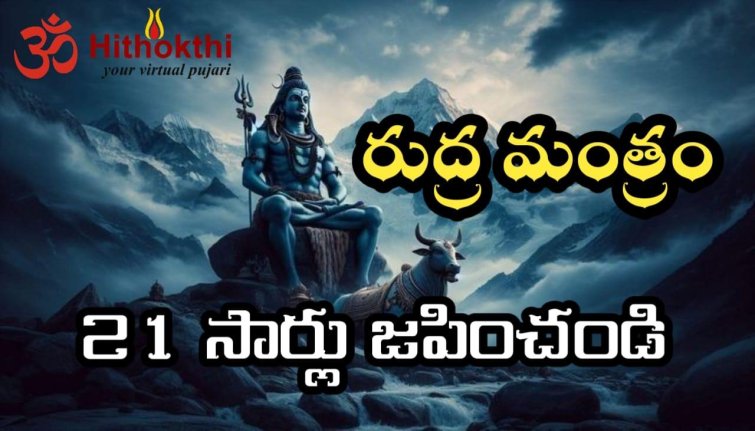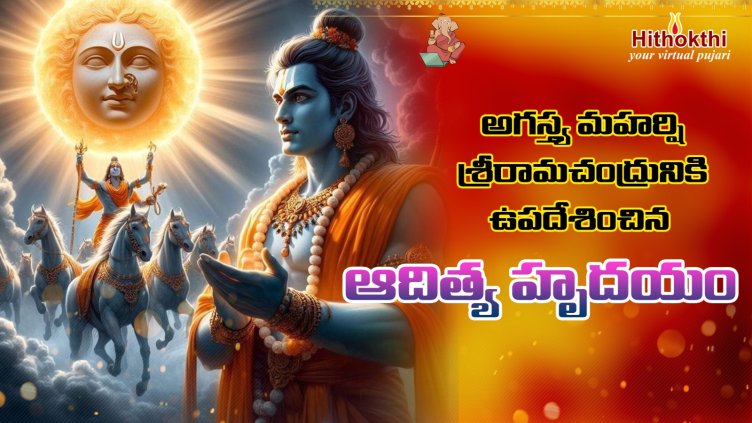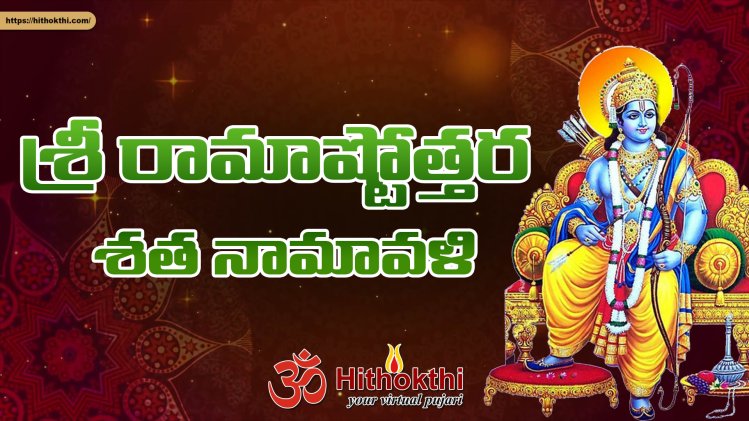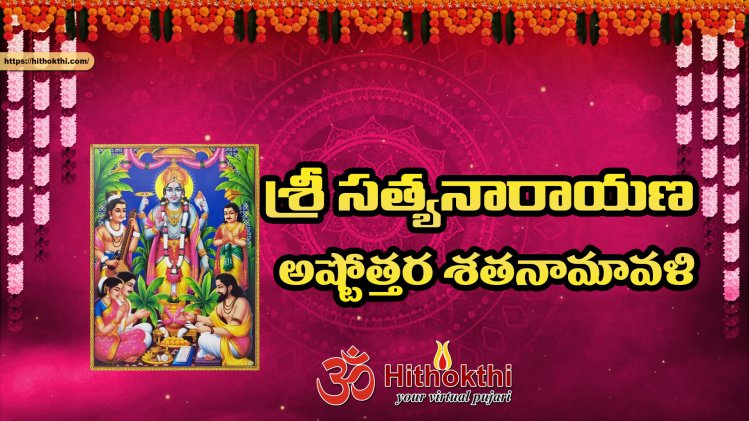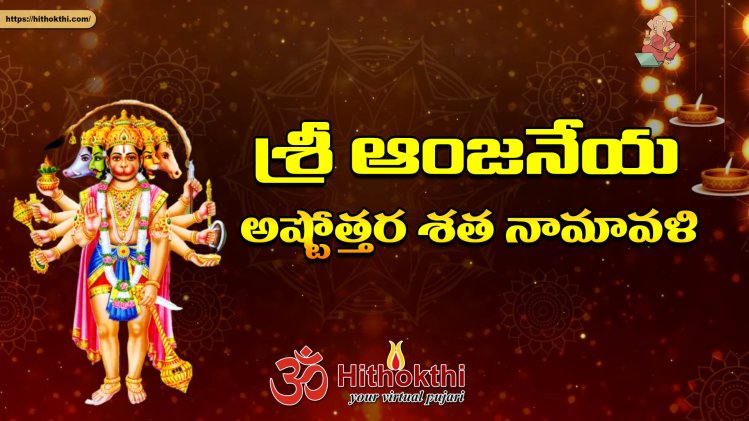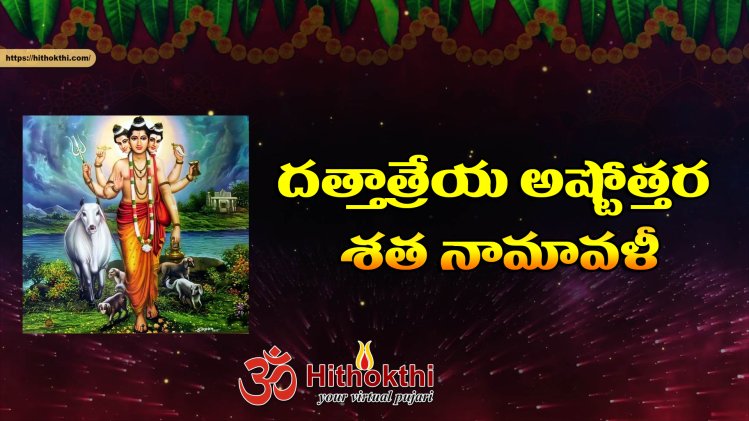Excerpts from the Inaugural Session of 2nd Annual Hindu Priests’ Conference, Queens, New York

By SwaminiSvatmavidyananda
New York April 14, 2014: There is a verse in the Bhagavad Geeta that says: yadyadacaratisresthas, tat tadevetarojanah | sayatpramanamkurute, lokastadanuvartate || Whatever a prominent person does, that alone other people do.
Whatever trend that person sets as proper, the world of people also follows.
The word srestha means an important person, a person that everyone looks up to, such as a king, a president, or a religious leader. One often becomes a srestha by occupying a position that is considered to be respectable and prominent; however, merely occupying a position of a srestha does not ensure that the person is a srestha. One has to grow into filling the portfolio connected to the position, for which emotional maturity is needed. Really speaking, a true leader does not become a leader by choice. A person often finds him or herself being seen as asrestha, because others look up to the person as awe-inspiring or worthy of emulation. In the Hindu tradition, we have a two-tier leadership. First, there are the priests, known as purohitas who are religious people, who handle rituals and liturgical sacrifices. They are married people, and live in the communities they serve.The word `purohita’ means the one who is placed at the forefront. They are considered to be srestha because they are very knowledgeable and their life is committed to worship and devotion. Next, there are the swamis, monastics or renunciants, who take the concept of leadership a step further by renouncing all ties to the world and not needing to lean on anything or anyone except bhagavan. Together, the sannyasin and the purohita embody the two crucial aspects of the Hindu tradition respectively, namely the vision of oneness (known as brahmavidya), and a committed way of life (karmayoga) to assimilating this vision as the truth of oneself. The priests are experts in matters of acara, the conduct and the practices in the tradition, while the swamis embody vicara, self-enquiry, which is necessary for moksa, freedom from fear and sorrow. Together, these two tiers of leadership work in tandem to inspire and guide people.
One Who Follows Dharma is a Leader This two tier leadership underscores a fact that is often overlooked, namely in our tradition, the means are as important as the ends to be achieved. Therefore, we are not allowed to compromise the means for the sake of the ends. The manner in which one goes about fulfilling various ambitions is in itself a highly sophisticated pursuit known as dharma. The means in themselves become an end to be cultivated. Dharma is the universal matrix of norms that governs human conduct. It is based on universal expectations of not wanting to be hurt, killed, cheated, defrauded, or deceived. That is why dharma is the first purushrtha, something to be accomplished by all individuals. Everyone wants dharma, either directly or indirectly. You can ask anyone in the world if they wish to be hurt or stolen from, and the answer, universally, is “no.” Even those who constantly trespass over the rights and privileges of others somehow still expect everyone else to be considerate towards them. There was a news item that I came across recently. A man broke into a house in a rich neighborhood and stole a huge plasma television. Since it was very heavy, he dragged the television set and hid it in some bushes the backyard. Then, he phoned a friend to come and help him to load the television into the car. The man then went out to the road to wait for the friend. When the friend arrived, both men went back into the bushes to retrieve the television set. To their horror, it was already gone! Someone else made off with it. The original thieves were so distraught that they impulsively dialed 911 to report the `stolen’ television. When the police arrived at the scene, they immediately noticed the broken locks on the door of the house, and swiftly proceeded to arrest the men. This is the power of dharma, a need that is so fundamental that it cannot be overlooked even by those who habitually violate it. Dharma is therefore something to be accomplished because the tendency to conform to dharma is always under attack from Wherever there is dharma, there is bhagavan. The more one is committed to dharma, the more is the presence of bhagavan in one’s life. The more the presence of bhagavan in one’s life, the more secure one feels. In the beginning, one has to follow dharma deliberately, but gradually, by mastering the right methods of pursuing one’s goals, one grows into a person who is incapable of flouting dharma. That is when one becomes a srestha, an example to be emulated.
Discipline is Dharma in Action
Dharma is not a static entity. Since it is based on the dharmin, on being enacted by people gifted with free
will, it requires constant interpretation and reinterpretation according to place, time, and intention. There is, for example, a big difference in the intentions of a knife-wielding attacker, and a scalpel-wielding doctor, performing a surgery. Technically, both cause harm, but in the case of the latter, it is with the intention to preserve, rather than destroy, life. This is dharma in action, viseha dharma. Viseha dharma requires the cultivation of alertness in one’s life, and the readiness to face new challenges without compromising samanya dharma. For example, unmanaged desires, raga and dvesa. Some people think that having desire in itself is a problem, but this is not correct. Desire does not trouble anyone so long as one does not come under its spell. The problem, however, is that there is a fine line between managing one’s desires, and being managed by them. One can easily cross this line without even sensing it. Bhagavan Krishna declares in the Bhagavad Gita that he abides in the form of desire, however, only those desires that do not violate dharma have the presence of bhagavan. Desires in the heart must not be allowed to make one compromise the means for the sake of gaining by cutting corners and trampling over the rights and privileges of others. Therefore, there is need to let go of those desires that are not in keeping with samanya dharma, the universal values of ahimsa, non-injury, and truth. There is a vakya in the ChandogyaUpanisad that says: yattapodanamarjavamahisasatyavacanamiti ta asyadakshinah – Ch. U. 3.17.4 Discipline, charity, uprightness, non-injury, and the speaking of truth constitute the spiritual wealth of the person.
Dharma is its own reward. Although it produces pujya in the long run, it has dharma-phala, the immediate result of assuring a life free of strife. Unlike other theologies that posit dharma as a mandate of God, we say that dharma is the very manifestation of bhagavan. circumstances such as immigration to Western countries, living and serving in a land distant from one’s own, can create special challenges in conforming to dharma.
A remarkable feature of ancient Indian culture was the total lack of competition. It was a society that was almost entirely devoted to the ultimate pursuit of discovering oneself as wholly contented and limitless. Therefore, the social infrastructure was one of zero competition, and supported this goal by ensuring that each person would have a readymade livelihood, and the consequent leisure to discover themselves. As a result of this legacy, even today, every priest is a son of a priest and marries the daughter of a priest. Coming from this kind of a spiritual culture of non-competition, we are ill-equipped to survive in the modern atmosphere of the mad race to get ahead at all costs. Pressure to assimilate, pressure to get ahead in society, pressure to become someone famous, the pressure to amass great amounts of wealth create skewed priorities that inevitably lead to inner conflict and depression. By drawing upon the timeless tenets of the Vedas, we have to forge a new covenant that will empower us, and equip us to face the challenges without succumbing to such pressures. Recognizing the needs of the time, and rising to meet them with cheerfulness and integrity is dynamic leadership.
Samanya and viseha dharma are the general and July – September 2013
specific manifestations of dharma at the macrocosmic level. Svadharma, the commitment to one’s duty, signifies the way in which dharma is to be enacted at the microcosmic level of one’s daily existence. This is perhaps the crucial aspect of being a srestha –setting an example to others in the day- today. Generally, the people are not as inspired by lofty ideas or heavy-duty philosophical discourses as they are by simply seeing how one lives in the every day. Even Arjuna, after receiving the knowledge that the self is free of all afflictions and is limitlessly whole, is curious to know about the manner in which the person abiding in this knowledge leads his or her daily life. He asks Bhagavan Krishna: sthitasprajñasyakabhasa Samadhi-sthasyakesavasthita-dhihkimprabhasetakimasitavrajetakim How is the person of firm wisdom? How does such a person speak, sit, or walk?
Discovering the devotee within oneself is indeed the master key to spiritual growth, to truly being a srestha. For most people this takes a lot of work, as the complex interlays of various roles tends to obfuscate the devotee within. In this regard, I feel that the purohitas are extremely blessed, because in this field alone lies a total identity between what one does and what one is. One’s job is one’s very being, and one is in the covetable position to reflect the devotee that one seeks to invoke within oneself. One is in the unique place of being able to embody this for oneself, and also model it for others. If I were asked to spell out the primary role of the priests, I would say that it is to reject the basic person, the devotee. Only when this devotee is present in the priest, as the priest, can there be worship. The essence of priesthood is devotion, and the priest is essentially a devotee. The temple attendee is a devotee, the temple executive is also a devotee, and the priest, of course, a devotee. All are devoted to Isvara. The focus of every temple is to help one develop and live this life of devotion, and to provide a conducive atmosphere for each person to invoke the devotee within himself or herself.
Through the lived practice of dharma, self-discipline and devotion, one learns to not be affected by the challenges that one faces in life. This is Hinduism in 3D! This is how one grows to be a srestha. When one occupies a prominent position, there is no other option than to grow to fill the post with grace, integrity, and courage. The sacrifice that it takes to do this is not in vain, as it helps one to become an emotionally stable and content person, secure in the knowledge of one’s connection to the whole. When we gather our resources, and come together in a spirit of sharing, even the most difficult tasks can be mastered with ease.

